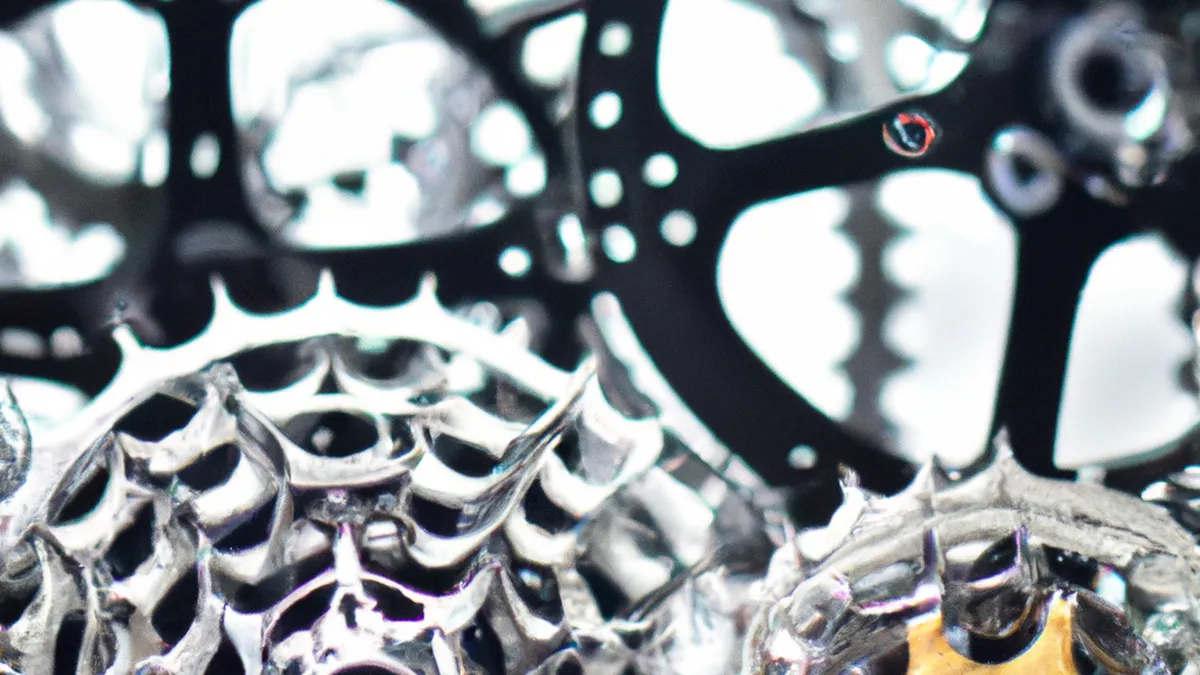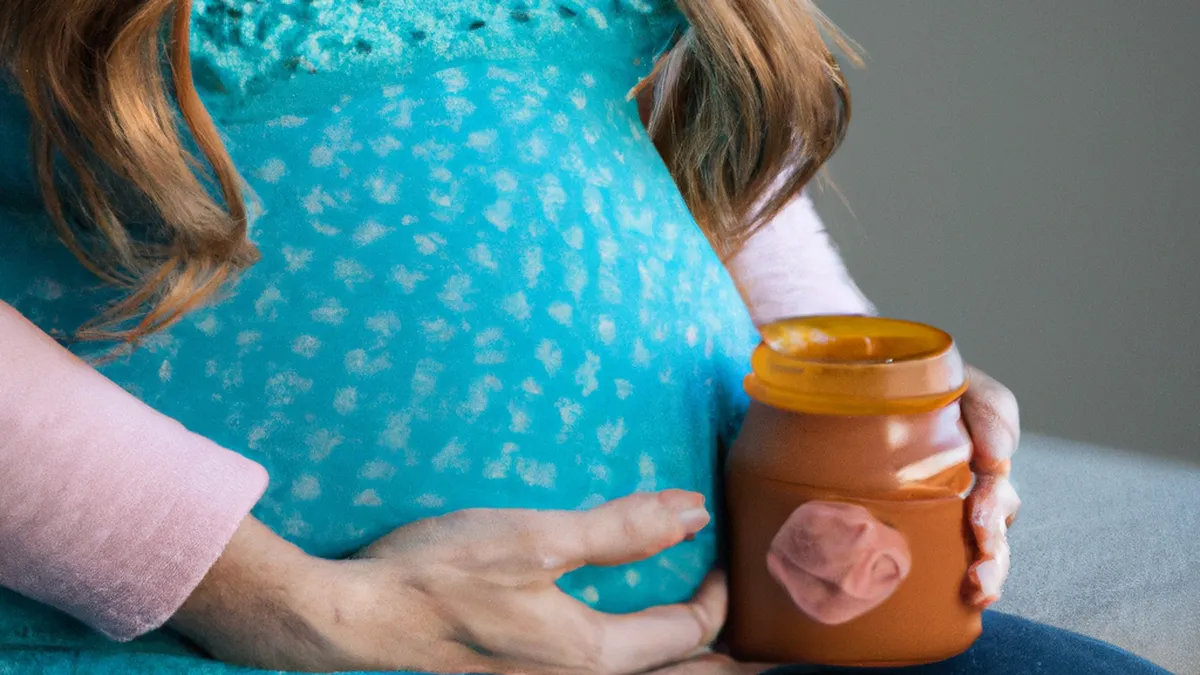New Trends in Bone Density Assessments
Understanding Bone Density Measurement Techniques
Bone density measurement helps maintain bone health and prevent osteoporosis. Osteoporosis silently weakens bones and raises fracture risks, especially in older adults. Regular bone density assessments identify at-risk individuals and guide treatment options. This article explores various measurement techniques, their advantages, limitations, and roles in health management.
Common Techniques for Measuring Bone Density
As an Amazon Associate I earn from qualifying purchases.
Gear tip: consider light resistance bands, chair yoga strap, and balance pad to support this topic.
Dual-Energy X-ray Absorptiometry (DEXA)
**DEXA** is the most recognized technique for measuring bone density. It uses low-dose X-rays to measure bone mineral in the hip and spine. A DEXA scan produces a T-score, comparing a person’s bone density to a healthy young adult of the same sex. A T-score of -1 or above is normal. Scores between -1 and -2.5 indicate low bone density (osteopenia), while -2.5 or lower indicates osteoporosis.DEXA offers precision and speed, with scans lasting 10 to 30 minutes. Radiation exposure is minimal, much lower than traditional X-rays, making DEXA safer for routine screening. However, DEXA requires specific equipment and trained personnel, which may not be available in all facilities.
Quantitative Computed Tomography (QCT)
**QCT** provides a three-dimensional view of bones using a standard CT scanner. Unlike DEXA, QCT assesses both trabecular (spongy) and cortical (hard) bone separately. This differentiation makes QCT useful for research and specific clinical situations.While QCT offers excellent detail about bone structure, it costs more and exposes patients to greater radiation than DEXA. Consequently, QCT is less common for routine screening but may be recommended for patients with bone structure issues or for research.
Ultrasound
**Ultrasound** serves as a radiation-free alternative for measuring bone density. It uses high-frequency sound waves to assess bone quality, often performed on the heel or wrist. This method is portable, quick, and safe, making it accessible in various healthcare settings.However, ultrasound has limitations. It may not provide the same detail regarding bone density as DEXA or QCT. Instead, it primarily evaluates bone quality, serving as a screening tool rather than a definitive diagnostic method. Thus, while ultrasound aids initial assessments, it cannot replace more accurate techniques.
Conclusion
Bone density measurement techniques, such as DEXA, QCT, and ultrasound, each have unique advantages and limitations.
Below are related products based on this post:
FAQ
What is the purpose of bone density measurement?
Bone density measurement helps maintain bone health and prevent osteoporosis. It identifies individuals at risk of osteoporosis and guides treatment options to reduce fracture risks, especially in older adults.
What is the most recognized technique for measuring bone density?
The most recognized technique for measuring bone density is Dual-Energy X-ray Absorptiometry (DEXA). It uses low-dose X-rays to measure bone mineral in the hip and spine, producing a T-score to compare an individual’s bone density to that of a healthy young adult.
What are the limitations of using ultrasound for bone density measurement?
Ultrasound, while a radiation-free alternative, may not provide the same level of detail regarding bone density as DEXA or QCT. It primarily evaluates bone quality and serves as a screening tool rather than a definitive diagnostic method, making it less accurate for comprehensive assessments.















Post Comment